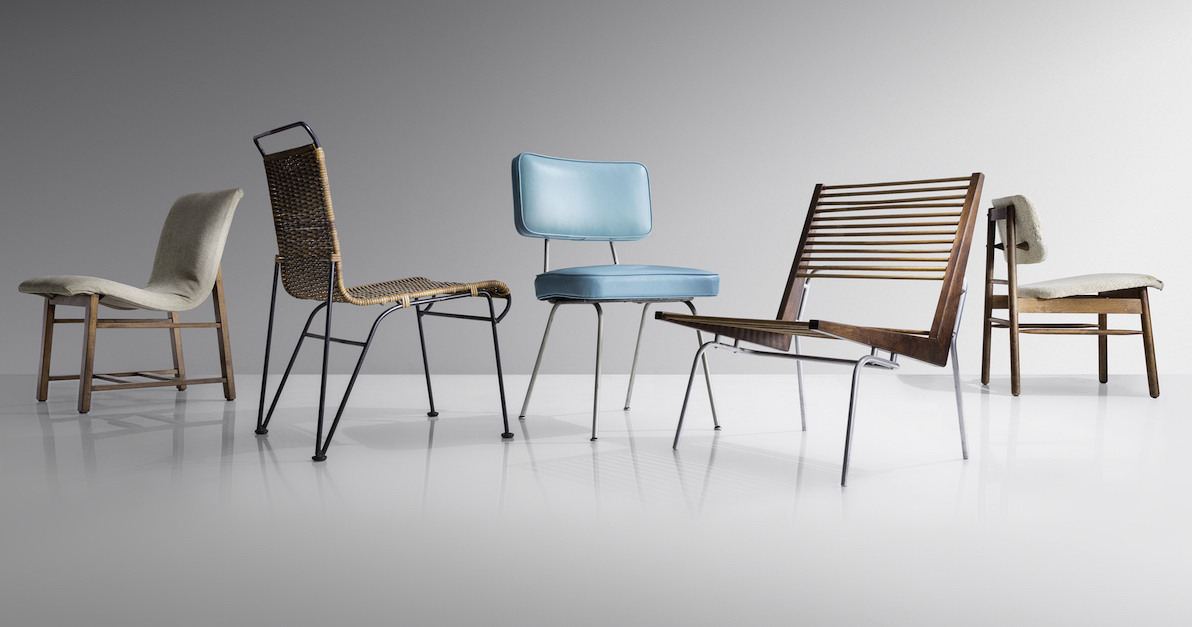American photographer Joseph Kramm speaks to Effect Magazine for our Pro Q&A series
For anyone admiring the work of the world’s top design studios, or reading up on fairs like Salon Art + Design and Design Miami, there’s high chance the pictures you’re looking at were taken by Joseph Kramm. With a client list that includes David Wiseman, R & Company, Hostler Burrows and Jouffré, Kramm is fast becoming the go-to photographer for gallerists, dealers, artists, designers – and anyone who needs to capture the essence of beautiful objects.
Effect Magazine sat down with the Minneapolis-raised, New York-based photographer (and co-founder of JAR Studios) to find out how he does it.
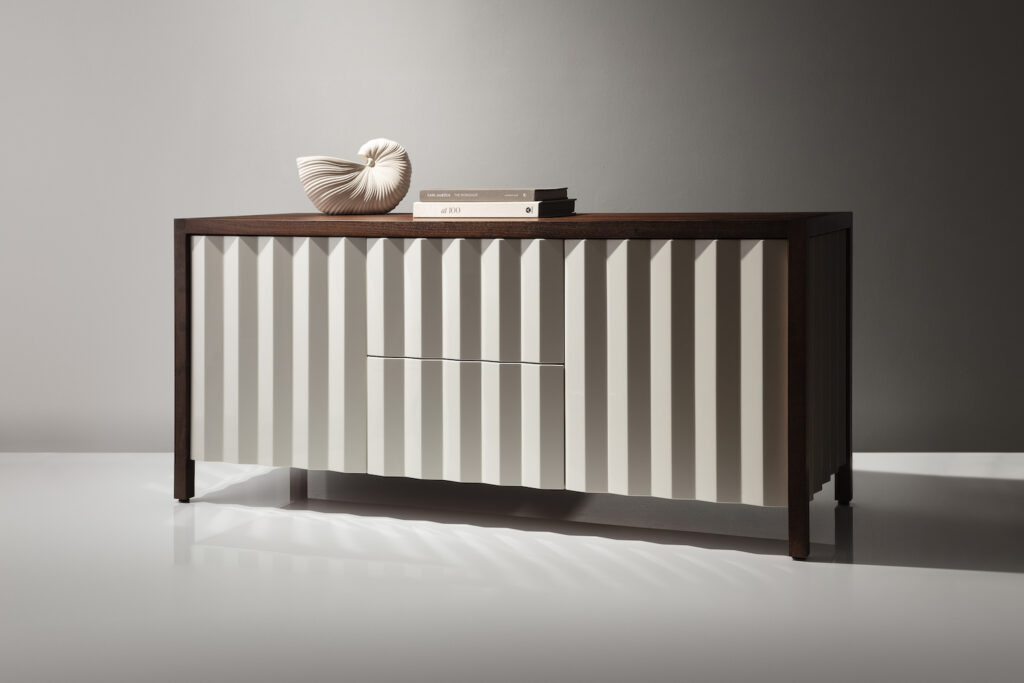

How would you describe your style?
One of the greatest things about photography is that you are continually learning and getting better at it the longer you do it. My style has evolved as I’ve discovered better ways to approach things, obtained better equipment, and learned to trust that I know what I’m doing and to not overcomplicate things.
That being said, when working with clients, I often talk with them about informational images versus inspirational images. Informational images tell the viewer everything they need to know about an object – what it looks like from all sides, what it is made of, a sense of scale and so on. For these types of images, I try to mimic a nice soft but directional natural light as if there were always a large window just out of frame. It needs to be easily repeatable for consistency from shoot to shoot.
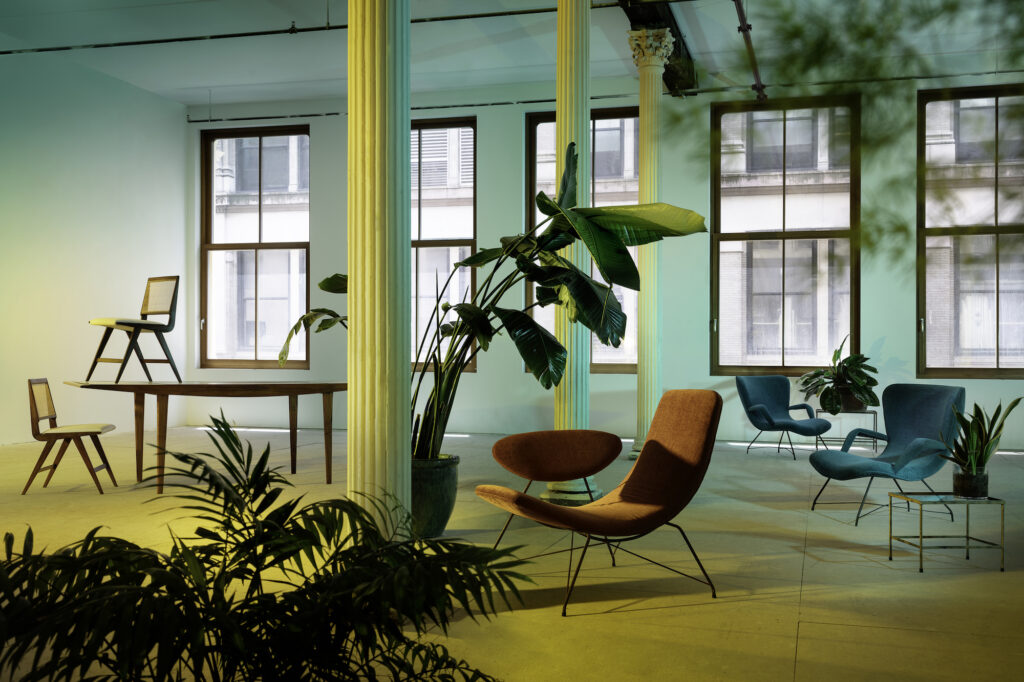
Inspirational images are typically more fun. I like to get dramatic with the lighting, the styling, and the sets. It’s ultimately a collaboration with the client on the mood or story they are looking to tell but I get to put more of myself into the image.

What is the key to capturing the essence of an object?
This is really about the fundamentals of photography. Light, composition, perspective, focus. If you can get all of those elements to come together in the right way it just clicks and the viewer gets it. That is that chair or whatever it may be. It’s when something is off that people really take notice. I’ve had several makers tell me that they never really see a finished piece until we’ve shot it.
Does an object need to be exceptional to get your interest?
Photography is a bit like magic in that you can make the most mundane thing exceptional with the right tools. Straight out of college, I got in as a freelance photographer at the Target Photo Studio in Minneapolis, where I’m from. I had some amazing mentors there who taught me so much about lighting. I was shooting everything from underwear to blenders to patio furniture and it always stayed exciting because I got to keep developing my skills.
Over the shutdown, we were living out at our cabin and I discovered a pile of cement blocks buried underground. They were decaying and covered in moss and dirt. I photographed them just as I would a design object, on white seamless, and they are some of my favorite photographs – I called them Ruins. Literally, trash-into-treasure magic.
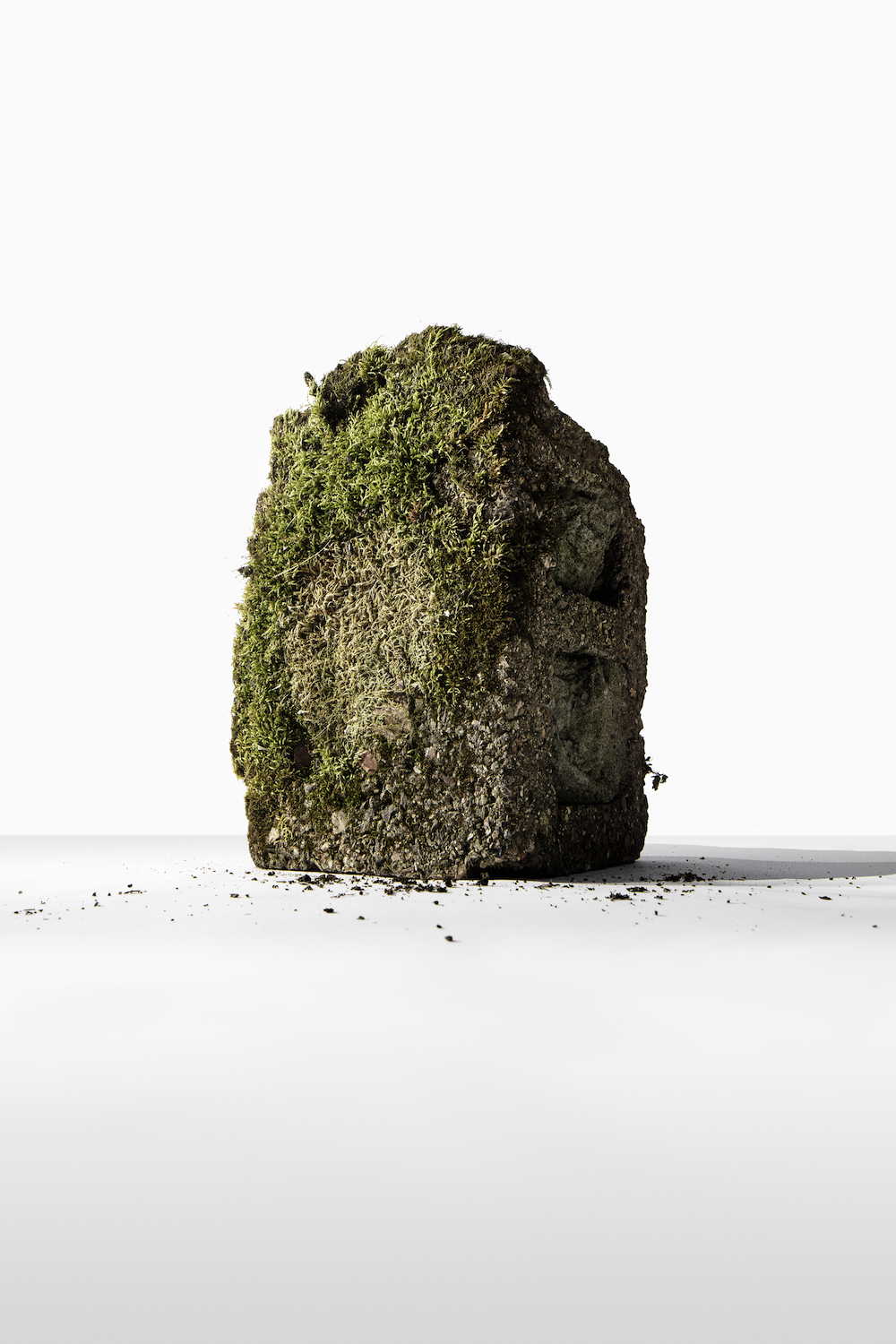
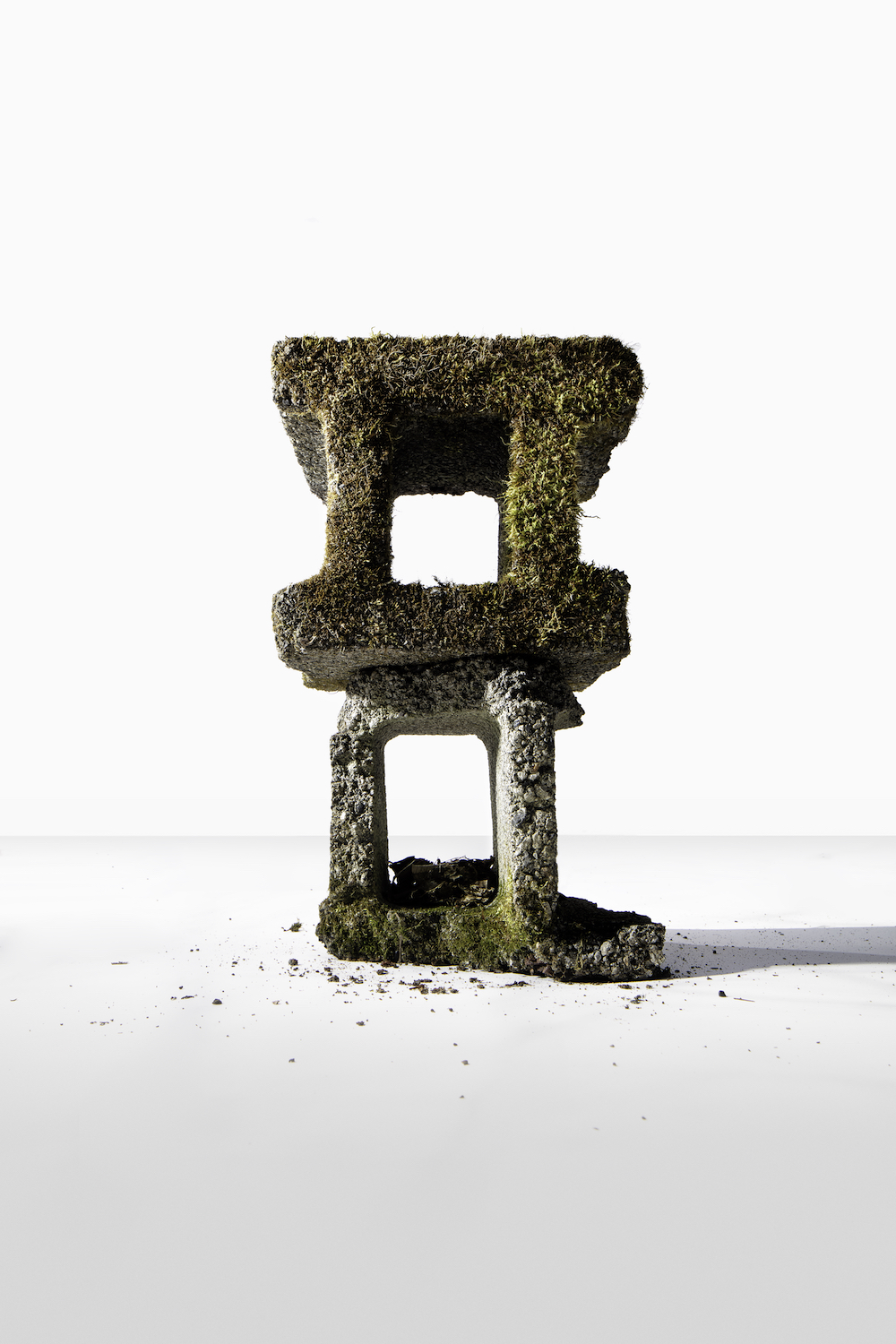
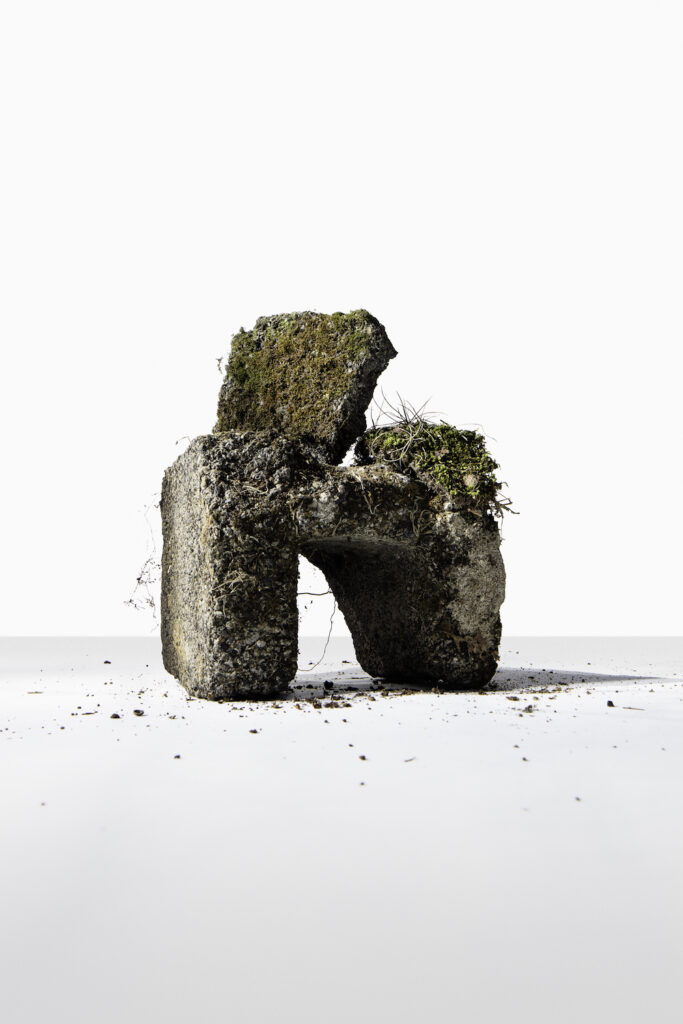
Your use of color is striking. How much is in the composition, and how much in post-production?
No matter what I’m photographing, I try to get as close to the final image as possible at the point of capture. I utilize a lot of paint and background papers to keep things as true to life as I can, but sometimes you have to fake it to make it. Photoshop is a great tool to finalize the vision.

You also employ striking use of shadow. How do you approach this?
Going back to my Target days, I had a mentor who would say: “Shadows show form, and highlights show surface detail.” Smooth versus rough etc. That has always stuck with me. I love letting the light naturally fall off on one side of an object, almost to the point of abstraction, so that you’re really just looking at its shape.

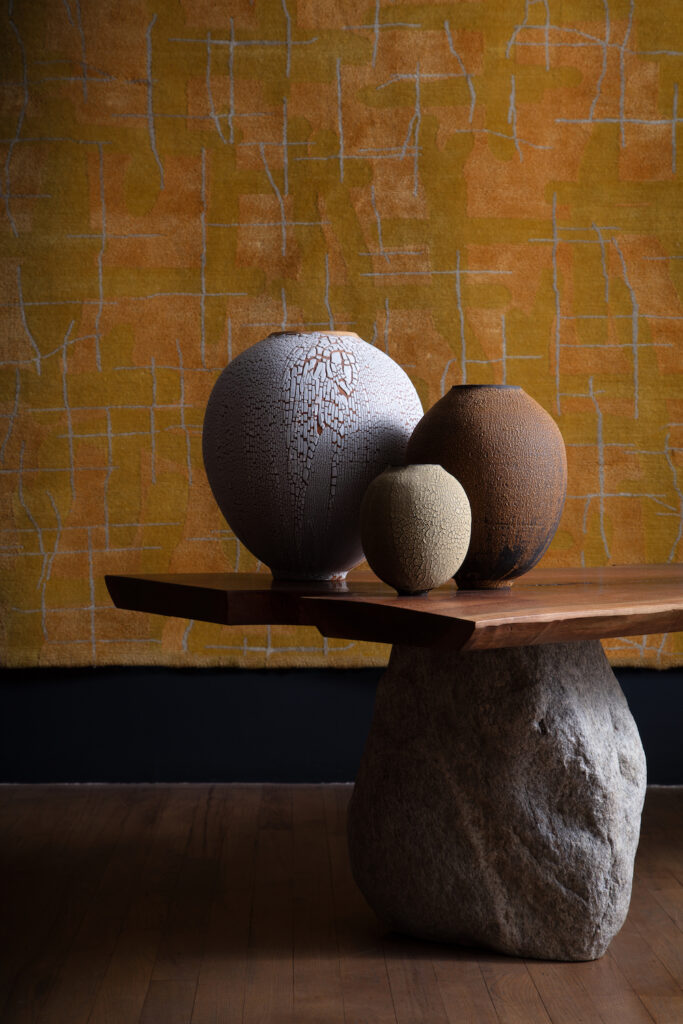
What are the key technical considerations for capturing furniture and art objects?
Another skill I picked up from Target was how to economically photograph something. What are the exact amount of images, angles, and details needed to tell the complete story of something? If you can get the fundamentals to all come together nicely, you shouldn’t need a ton of images to get an idea across. I know my attention span is fleeting and I imagine most people can relate. So, how quickly can you communicate something when people are inundated with a stream of endless content?
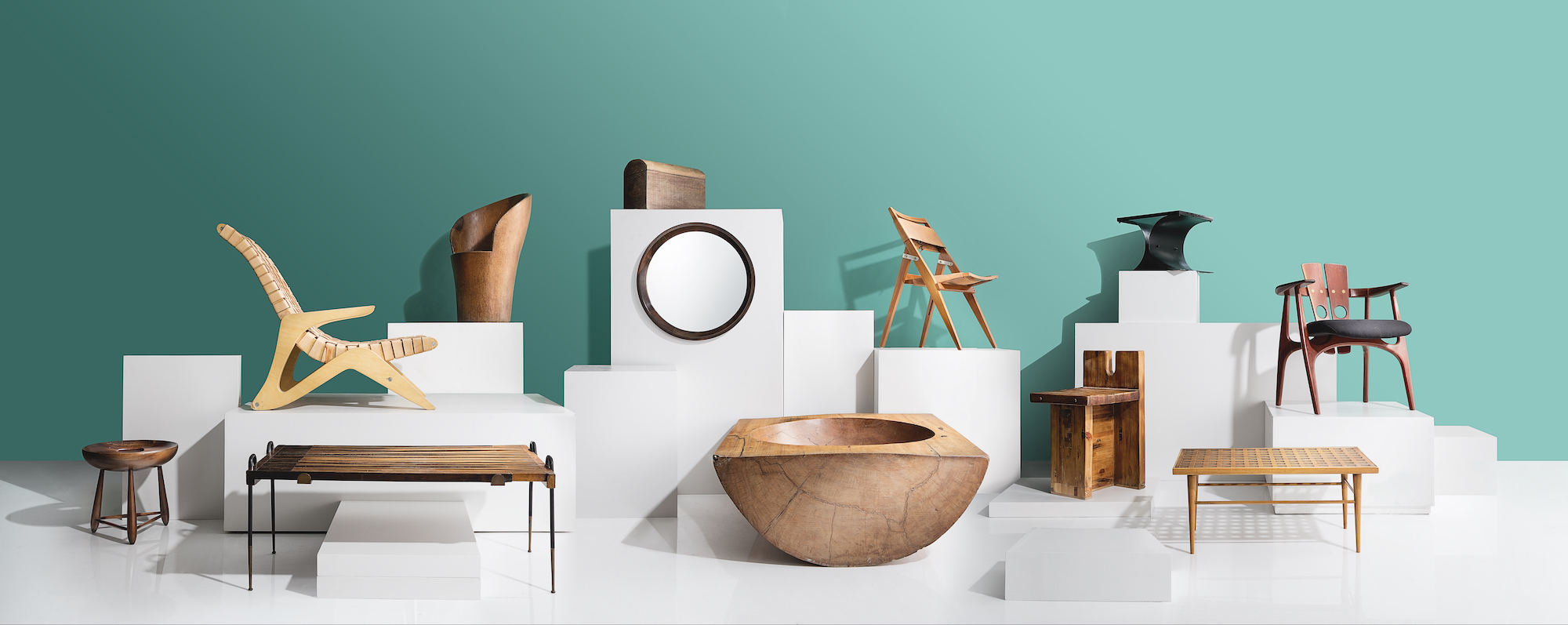
What is your go-to camera?
I’m not a super gear-focused or technical person. It used to be I couldn’t afford good equipment so I would make things to shape or diffuse light, whatever I needed to achieve the look I was after. Now that I’m all grown up and established, I can get the right tools for the job. I’ve been shooting with various Canon DSLR cameras since leaving college. The lenses are where you really make your investment as they will stay with you longer. The camera body needs replacing as the technology is constantly improving and things become obsolete. I’ve been entertaining the idea of an upgrade lately but honestly, it’s a daunting decision, it took years to get all of the lenses I now rely on. One thing that is for sure is that photo gear is not cheap.
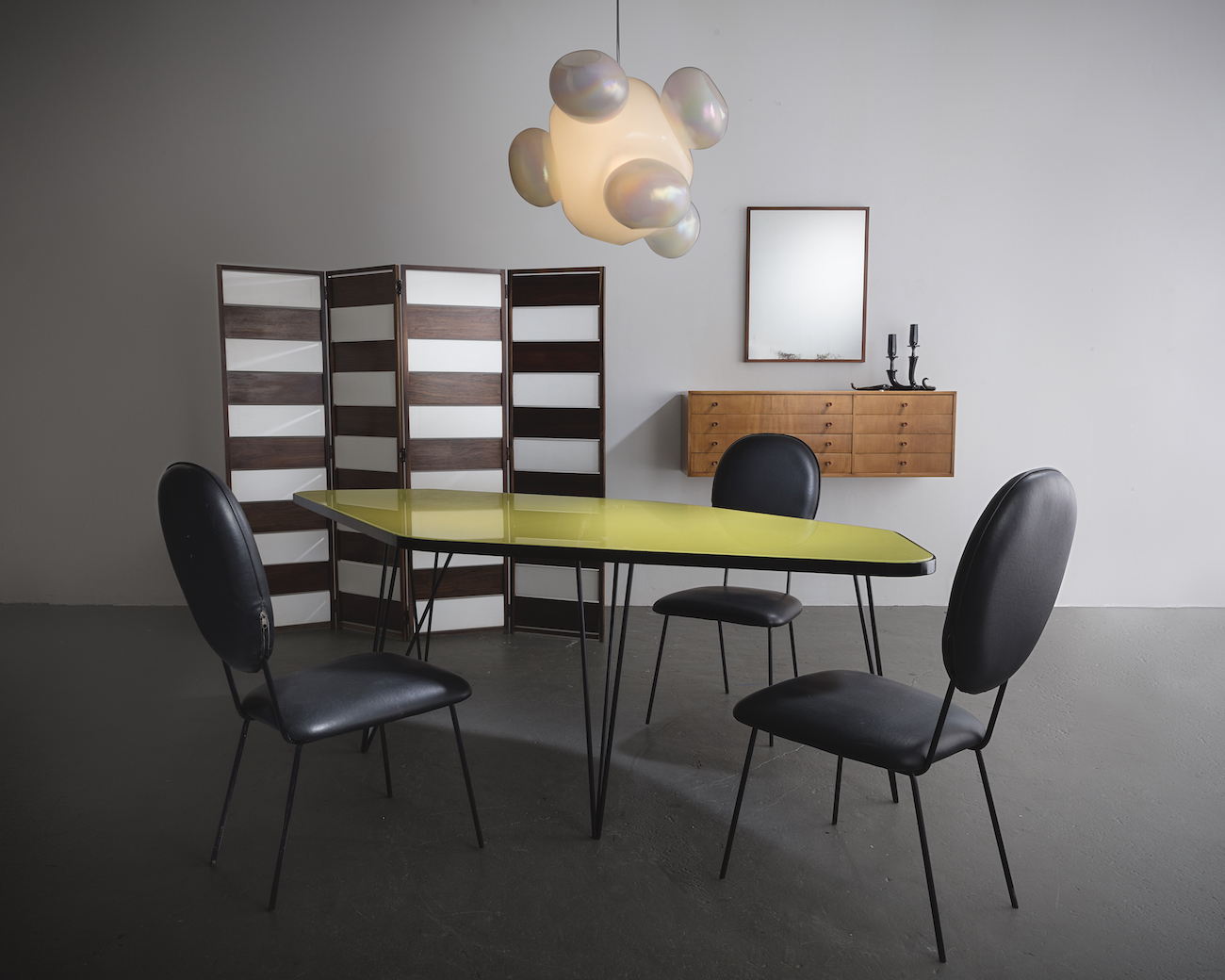
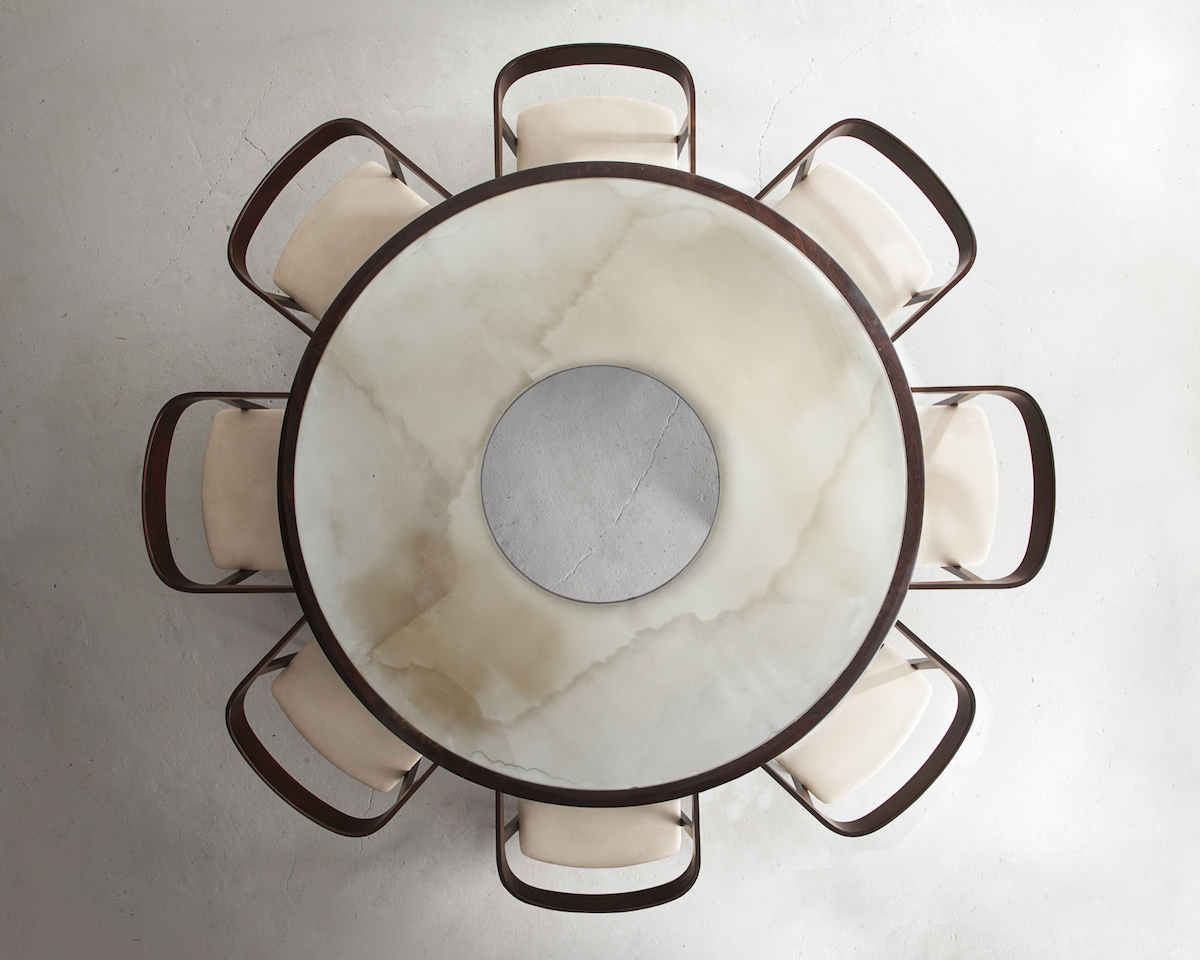

Shooting jewelry seems to have its own set of challenges and vocabulary. Is this so, and what are the key considerations?
When I first moved to New York, almost 10 years ago now, I got a job shooting jewelry – it was extremely tedious but I did learn a lot. It’s essentially the same fundamentals but in miniature, and you constantly run the risk of bumping something and ruining hours of work. We would call it building a house of cards. You need diffusion, fill cards, black cards, mirrors and so on, to control your reflections and shape the light – and one misplaced step can have dire consequences. Tedious is the word…
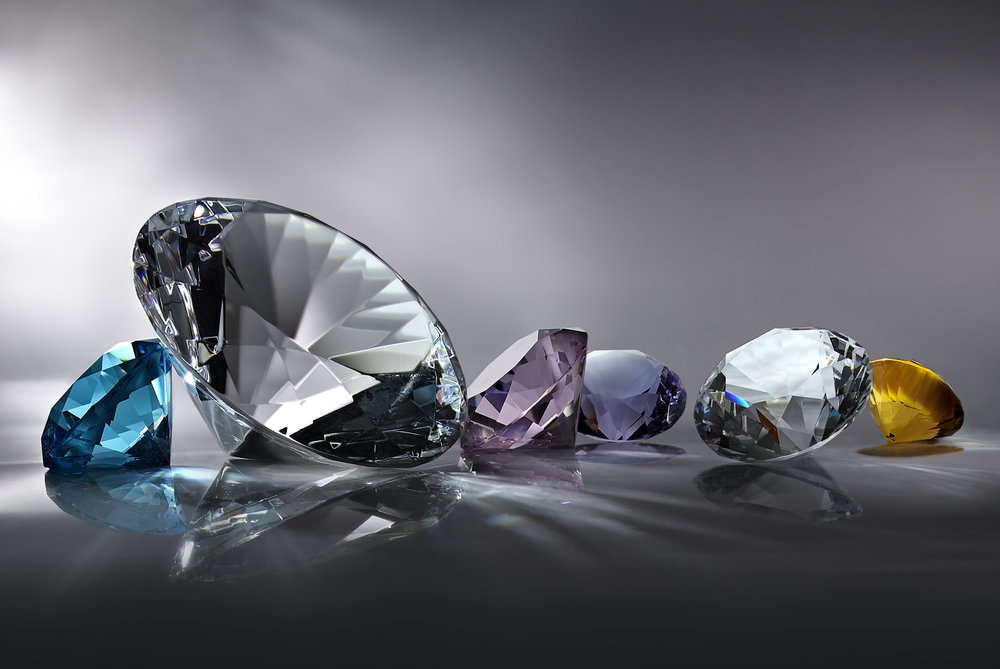
A lot of dealers and gallerists struggle with getting uncluttered backgrounds and with lighting. What would be your advice to them?
Space is always the issue with photoshoots. There’s nothing worse than photographing in too tight a space where you have no control over the fundamentals. A good shoot needs good space to work in, especially in the art and design world because these things are special and often quite expensive and fragile. They deserve the right kind of consideration and attention and it’s not going to ever be a one-size-fits-all situation. You need to have the ability to move stuff around to do a piece justice.
I’ve had several clients share stories of beautiful pieces that were part of their collections for years that didn’t get much interest until we photographed them properly.
Joseph Kramm
I’ve had several clients share stories of beautiful pieces that were part of their collections for years that didn’t get much interest until we photographed them properly. I think now, especially, good photography is essential as we’re all sort of stuck in this digital existence.
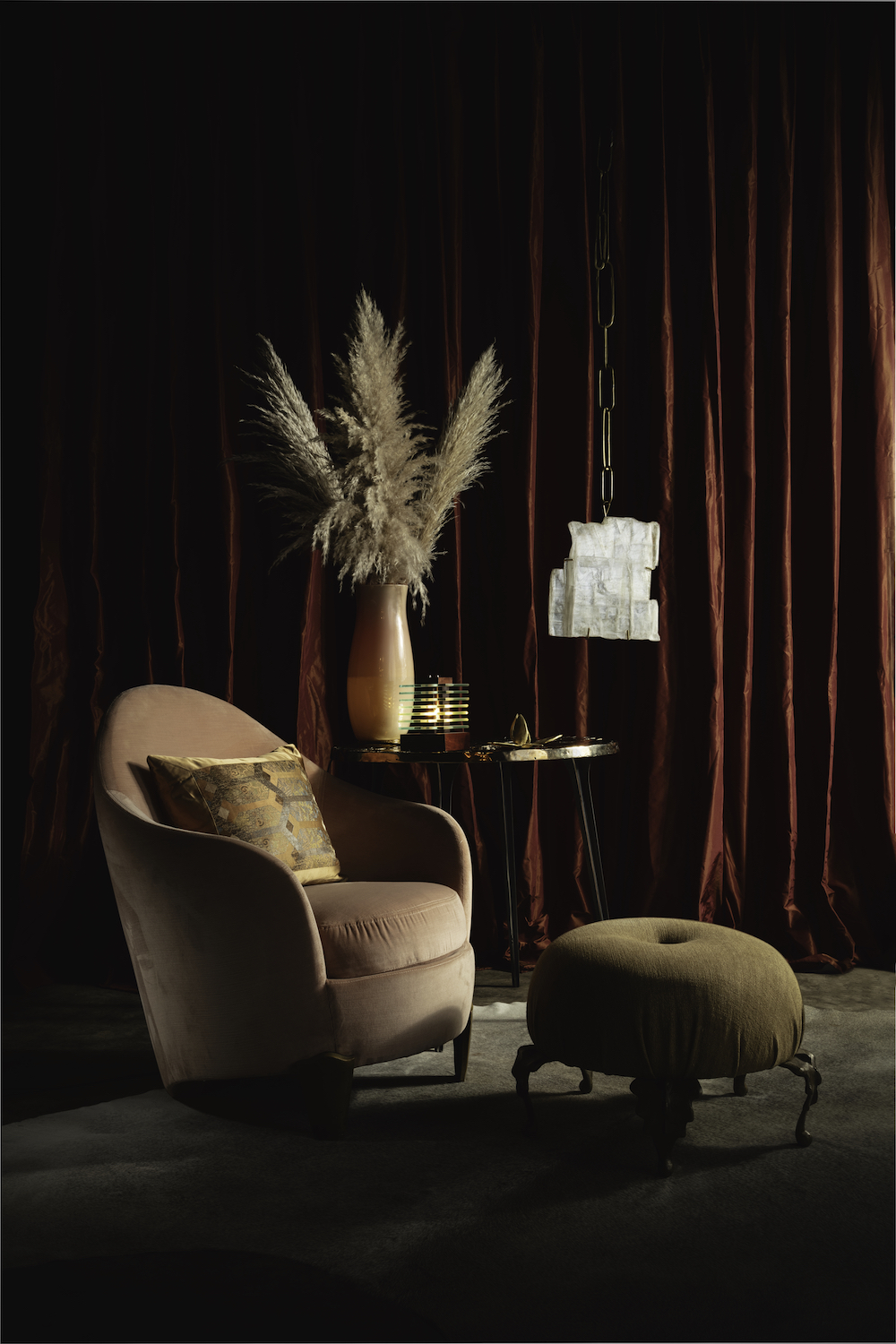

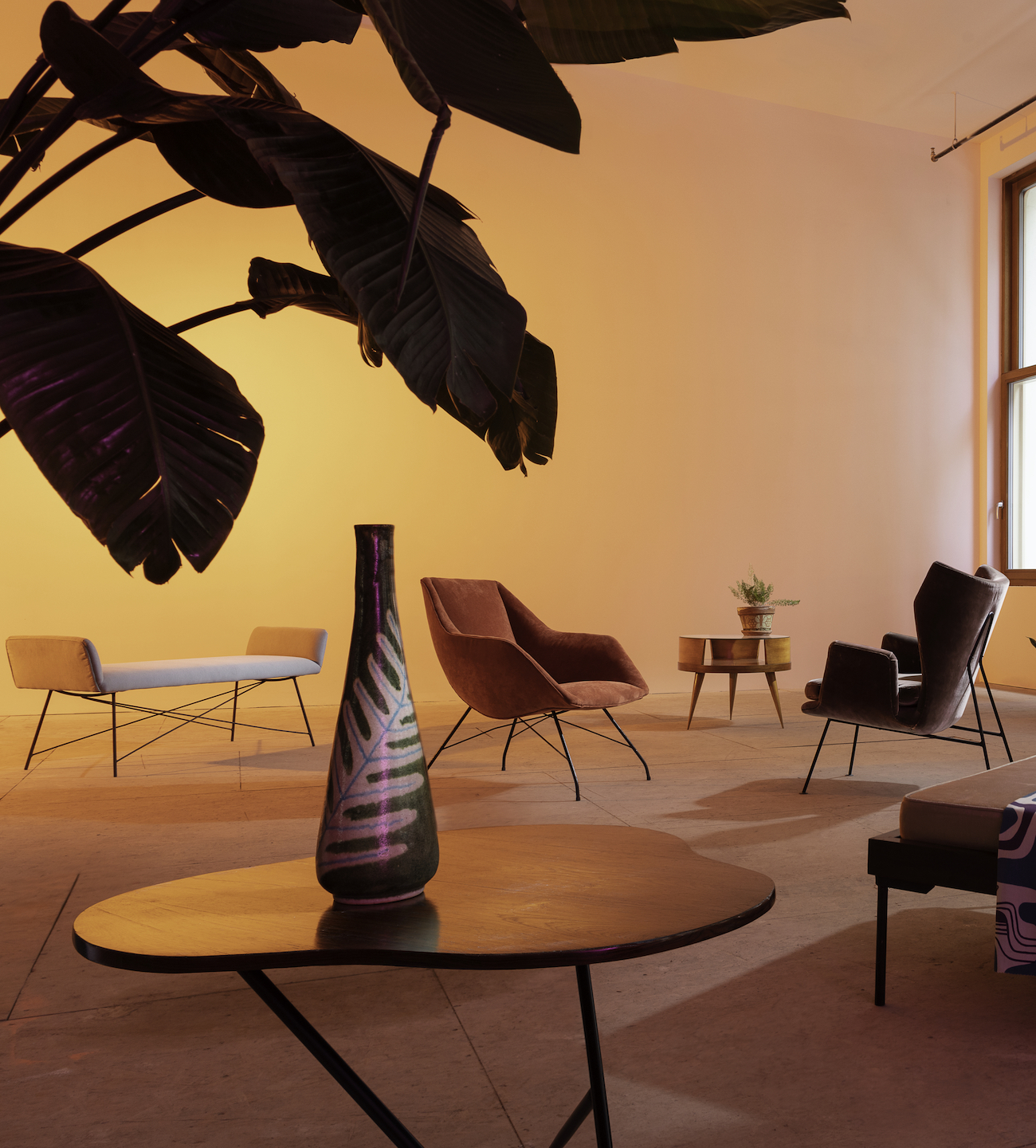
Instagram has become a major tool for people in the design industry to market themselves. Has Instagram impacted your work – or the field of design photography?
I have a love/hate relationship with Instagram. For anyone creative, we have to keep playing the game, keep sharing content, it’s just part of it. I love seeing all of the amazing things people are doing, and sharing what I’ve been working on. Instagram can be really inspiring at times. I hate when I see something or someone and compare it with me or my work. It’s easy to get discouraged or down on yourself when that post you thought was awesome didn’t get as many likes as you wanted or whatever. It’s important to step back and remind yourself that this isn’t real – it’s a curated slice of life. Use it as a tool, not as a marker for success or worth.
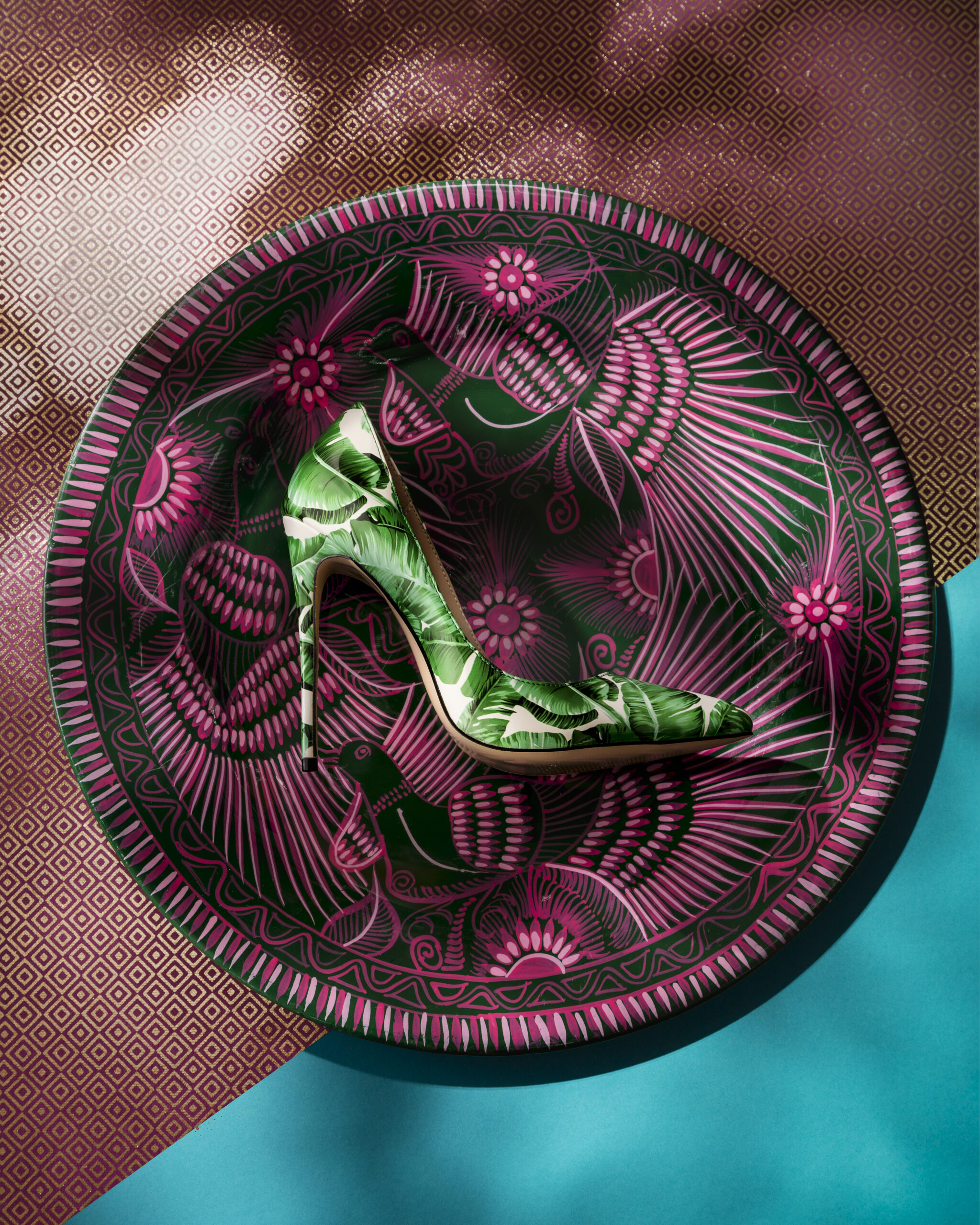
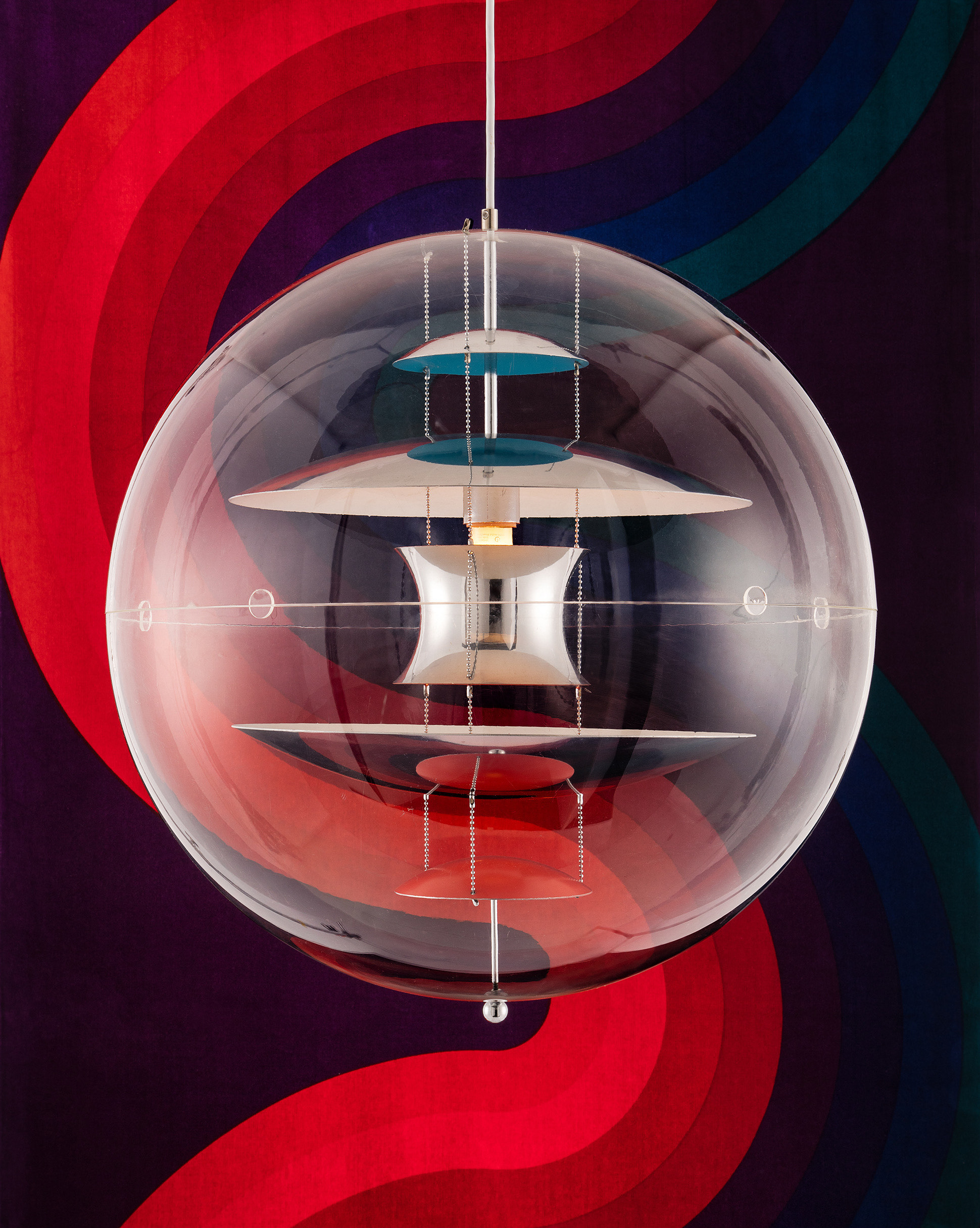
Are there other photographers that have inspired or influenced your work?
One of my favorite contemporary interior/lifestyle photographers is Douglas Friedman – his work is immediately recognizable to me and always stunning. All of Irving Penn’s work, but particularly the still life stuff. Arthur Tress is one of my all-time favorite photographers, again for the still life work, but also the surrealism and fantasy of the black and white photographs, they are wild. Tim Walker for fashion and set design, everything he does is just so magical. In the fine art world, I love Gregory Crewdson, David Lachapelle, and James Casebere. I’m a big fan of miniatures and set design.
What advice would you give to young photographers?
Practice makes perfect, it will take time, you just have to keep doing it. I think it dawned on me one day that there isn’t an exact moment where you suddenly realize that you’re now a professional photographer, you did it, you have all the tools for any project. You won’t notice it happen, but you’ll be shooting and making beautiful images without really thinking about what you’re doing – you’ll just be making the right decisions and those fundamentals will all fall into the right place. From there, you get to really start enjoying your practice because you’re not hung up on the details, it becomes second nature. I can truly say that my work gets better every year and most of that is just knowing that I can do it.
Effect Magazine is brought to you by Effetto



